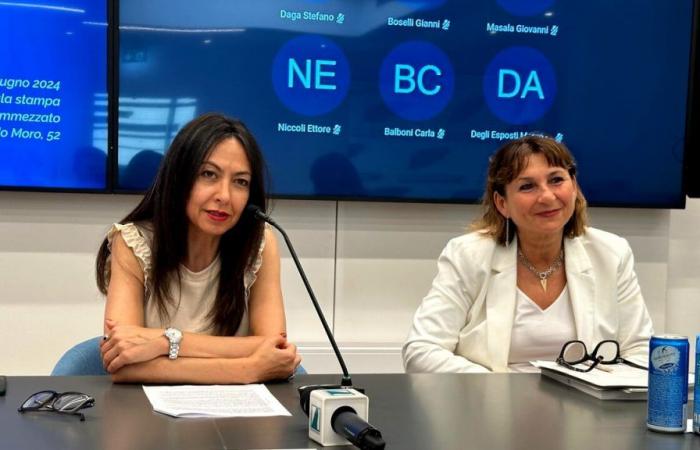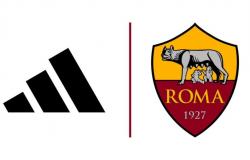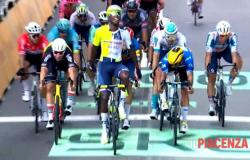Every waste in its place: kitchen scraps in the organic waste, newspapers and cardboard boxes in the paper, bags for chips and sweets in the plastic, and so on. In Emilia-Romagna, separate waste collection continues to grow: in 2023, according to data from the annual report edited by the Region in collaboration with Arpae, it reached 77.2%, with a +3.2% compared to the year previous (2022). This figure is in line with both regional planning and the provisions of the Pact for Work and the Climate.
“An excellent result – commented Irene Priolo, vice-president of the Region with responsibility for the Environment -, which confirms the effects of our planning, with the regional Waste Management Plan and for the remediation of polluted areas in its third year. Despite the difficulties linked to bad weather and the flood of last May – continued Priolo -, the data reveal a significant growth trend in waste separation. And this is thanks to the precious contribution provided by all citizens, who are increasingly aware of being able to make a difference in reducing environmental pollution and promoting a sustainable lifestyle, but also by the productive world. The first tender promoted by the Region was aimed precisely at this area to give concrete implementation to the principles of the circular economy and concretely accompany the transition towards a new development model, based on overcoming the concept of the end of life of the material: they are 75 requests for contributions have been submitted, the evaluation is underway, we await the results”.
The data
At provincial level, the average data recorded sees Reggio Emilia reach 83.3% (+1%) of separate waste collection; Forlì-Cesena 81.7% (+5.0%), Parma 79.6% (+0.3% compared to 2022). Followed by Modena, with 78.7% (+6.2%), Ravenna with 78.3% (+7.8%), while Ferrara remains substantially stable at 77.2% (+0.1% compared to 2022). Bologna reaches 73.6% (+4.3%), Piacenza 73% (+0.6%) and Rimini 68.8% (+0.6%). Among the provincial capital municipalities, Ferrara is at the top of the list, with 87.9% of separated waste; followed by Reggio Emilia (83.9%), Forlì (81.9%), Parma (80.9%), Ravenna (76.0%), Modena (73.4%), Bologna (72.9%), Piacenza (71.3%) and Rimini (65.8%). Also worth highlighting is the result achieved by 143 municipalities (43.3% of the total) which reached or went beyond 80% of separate waste collection; 34 municipalities (around 10%) have exceeded the 90% threshold.
Collection by type of waste
Biodegradable waste from the kitchen (such as vegetable and fruit scraps, food scraps) and “green” waste from the garden (prunings, leaves and clippings). As regards the different types of waste disposed of separately, in 2023 in the region the highest percentage of waste separation concerned the organic fraction (36.7%); followed by paper (18.7%), glass (9.1%), wood (8.5%), plastic (8.0%) and bulky waste (4.5%).
Coastal, plain and mountain capitals and territories: the results
As regards the provincial capitals and the coastal territories, 10 Municipalities (out of a total of 23) have reached the objective of 79% of separate waste collection set by the PRRB for 2025. On the other hand, 80 (out of a total of 180) are the Municipalities of plains which exceeded the 84% target defined for this territorial area; finally, 44 (out of a total of 127) local authorities located in mountain areas which achieved the objective of 67%.
Region communication campaign
A plastic bottle, a glass jug, a cardboard box, a steel oven. All “smiling”. It is the image of the new communication campaign of the Emilia-Romagna Region, entitled “If you don’t refuse them, you make them happy”. Objective, to reconstruct the path of waste after separate collection, disseminate data on its actual recovery, describe objectives and actions. The campaign will have two editions. The first, being released now with the overall data for 2022 (the data for 2023 are already available for separate waste collection), will include posters and brochures (paper), which will be sent in kits to all municipalities in the Region with more than 10,000 inhabitants and to all the Ceas (Environmental and sustainability education centres) of the regional network. There will also be an exhibition on waste (consisting of 10 self-supporting roll-ups) which will be available to all municipalities, schools and associations that request it.
The social campaign will also start this week and will continue until the end of the year. 5 video infographics will be created, lasting a maximum of 1 minute, each covering a specific topic taken from the Waste Plan. The second edition, however, will be released at the end of next year with 2024 data. Activities transversal to the two campaigns will be three short videos shot with smartphones, covering as many specific topics, and four podcasts.
Circular economy call: 75 requests for contributions
Produce less waste, reuse materials, increase recycling. Emilia-Romagna has accelerated the circular economy by launching the first tender to finance projects of micro, small and medium-sized enterprises committed to taking up the challenge of sustainability. The objective “travels” along two lines, recycling and prevention. You had until May 21st to request non-repayable contributions from production activities based in the regional territory. A total package of 10 million euros financed with resources from the Por Fesr 2021/2027 is available. 75 applications arrived: 53 for projects relating to recycling interventions and 22 for waste reduction. The overall value of the proposed interventions is over 57 million euros for a request for contributions that exceeds 26 million (21 for recycling and 5 for prevention). The formal and merit evaluation is currently underway.
And the 65 projects are also moving in the direction of the transition towards the circular economy (of which 13 have already been concluded, the remaining in progress or in planning) for over 42 million euros for the construction of new waste management plants and the modernization of existing plants, financed to Atersir (Emilia-Romagna territorial agency for water and waste services) as part of the Pnrr. Added to this is another 42.5 million euros which finance 15 “Lighthouse Projects” on regional systems dedicated to waste collection, logistics and recycling.
The regional waste management plan
Prevention, preparation for reuse, recycling, energy recovery and, finally, disposal. And then self-sufficiency, proximity and promotion of the circular economy at every stage of the chain. These are the pillars on which the regional waste management plan and for the remediation of polluted areas is based, approved in 2022 and which will accompany Emilia-Romagna until 2027. One of the most significant results concerns the management of WEEE, waste from electrical and electronic equipment, with the aim of increasing their collection also to be able to recover valuable materials. The Emilia-Romagna Region is in second place in Italy for overall collection with around 33,000 tonnes collected in 2023. Also last year, for the first time, port waste planning was completed for the entire regional territory: around 30 tons tons of waste accidentally caught by fishermen.






